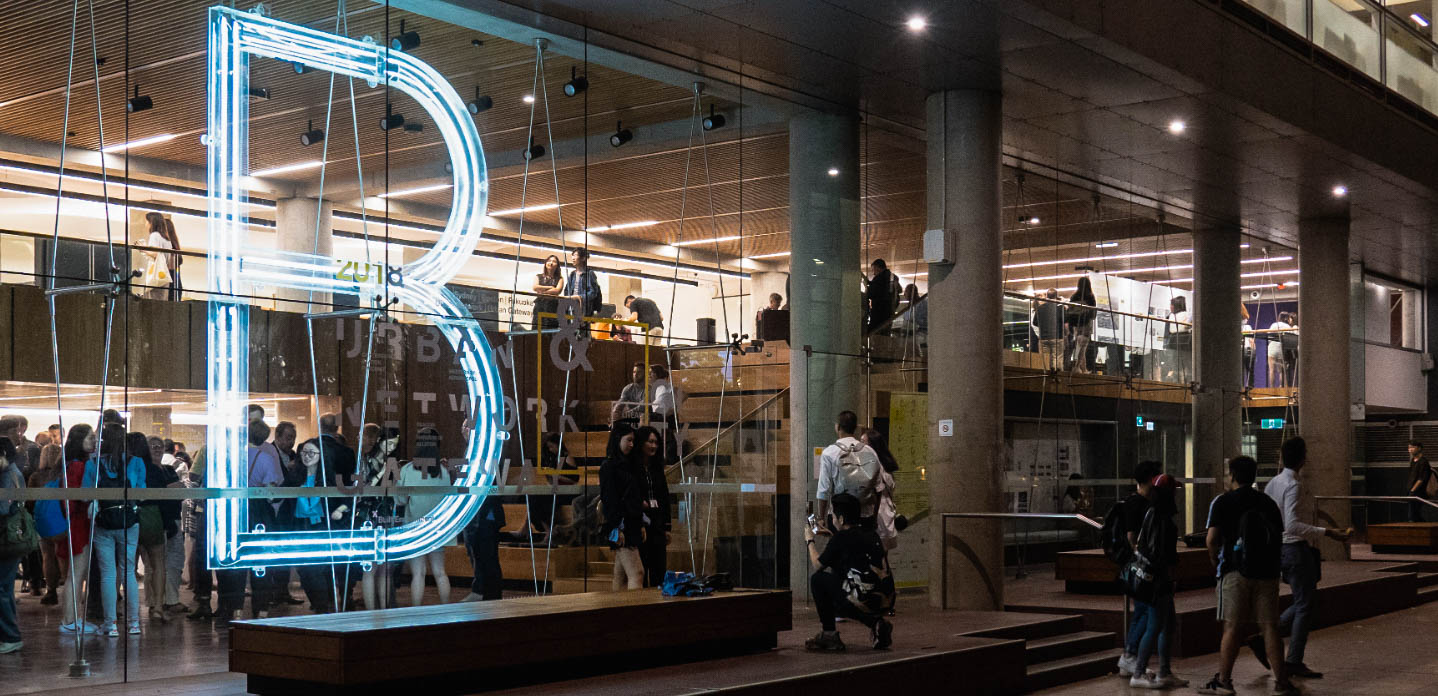UNSW Built Environment: leading the way in research excellence
The strength of UNSW Built Environment’s research performance has again been reaffirmed as among the best in the world.
The strength of UNSW Built Environment’s research performance has again been reaffirmed as among the best in the world.

UNSW Built Environment excelled in the Australian Research Council’s (ARC) 2018 Excellence in Research for Australia (ERA) survey, released in late March. The survey rated UNSW Built Environment research ‘above world standard’ in the broad subject category of Built Environment and Design for the fourth consecutive time.
Significantly, UNSW shared top ranking in Australia for the Built Environment and Design disciplines, a category which comprises architecture, architectural science, design and planning.
In specific subject areas, UNSW was only one of two universities in Australia to earn the highest possible rating of five for research that is ‘well above world standard’ in Urban and Regional Planning. The subjects of Architecture and Building obtained ratings of four for research that is ‘above world standard,’ also equal top in Australia.
The biennial ERA results, which benchmark Australian university research against national and international standards, are based on a range of factors including publications and citations, expert review and international benchmarks. Ratings are awarded from one (‘well below world standard’) to five (‘well above world standard’).
The impact of UNSW Built Environment research: rated the highest in Australia
The ARC also released its first national engagement and impact (EI) assessment of Australian university research, with UNSW Built Environment obtaining the highest possible ratings for both engagement and impact.
The top rating for impact was based on the case study by Associate Professor Hazel Easthope and the City Futures Research Centre outlining research that has been fundamental in the planning, development, management and governance of apartment buildings and estates across Australia.
The case study titled “Developing, managing and redeveloping the compact city: Reforming the residential strata sector through policy, practice and public debate” shows how City Futures research has informed reforms to the NSW Strata Schemes Management Act 2015 and Strata Schemes Development Act 2015; led to changes in the policies and practices of government, peak bodies and not-for-profit organisations associated with housing; and contributed to public debate about the role of private high density housing in the housing market, its impacts on individuals and neighbourhoods, and the needs and desires of its residents.
“I see the role of researchers as threefold: providing data that can influence decision-making, taking a position about what outcomes are desirable and just, and providing recommendations for changes in policy and practice,” Associate Professor Easthope said. “We are pleased to be recognised for accomplishing all three objectives with this research.”
The ARC EI assessment shows how universities are translating research into economic, social and environmental impacts, as well as connections to end-users like industry, government, individuals and community organisations outside academia. The EI used a three-point rating scale – high, medium and low.
UNSW Built Environment Dean Professor Helen Lochhead said the excellent results confirm that UNSW Built Environment research and engagement is contributing significantly towards improving people’s quality of life through innovation in the design and development of urban environment.
“The top rating for engagement is a testament to the Faculty’s full slate of public events, industry partnerships and government involvement through commissions and inquiries,” she said.
The ARC results follow UNSW Built Environment’s place in the top 25 globally in the QS 2019 Subject Rankings, released in February, with the Faculty coming in at the number 25 on the rankings table.
“The exceptional ARC ratings and our consistent position among the world’s top 25 universities in the QS Rankings are recognition of our commitment to generating research that is addressing our most pressing urban challenges,” Professor Lochhead said.